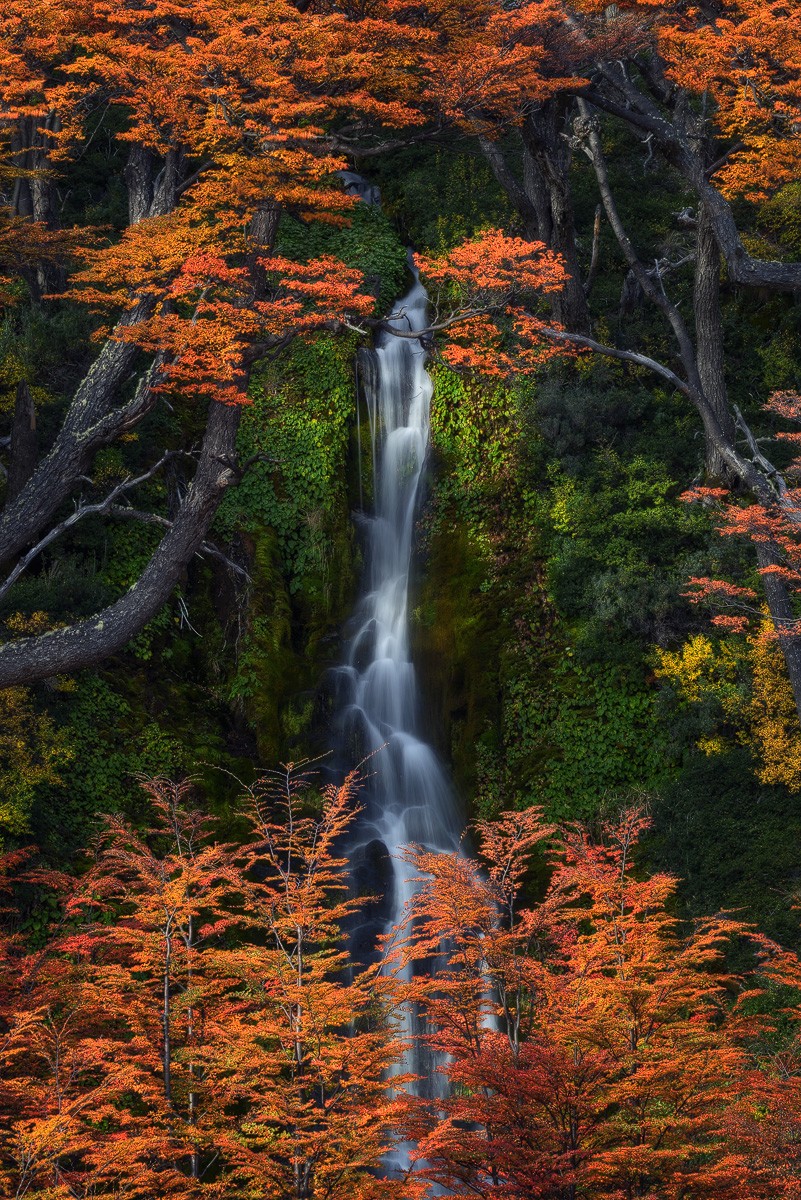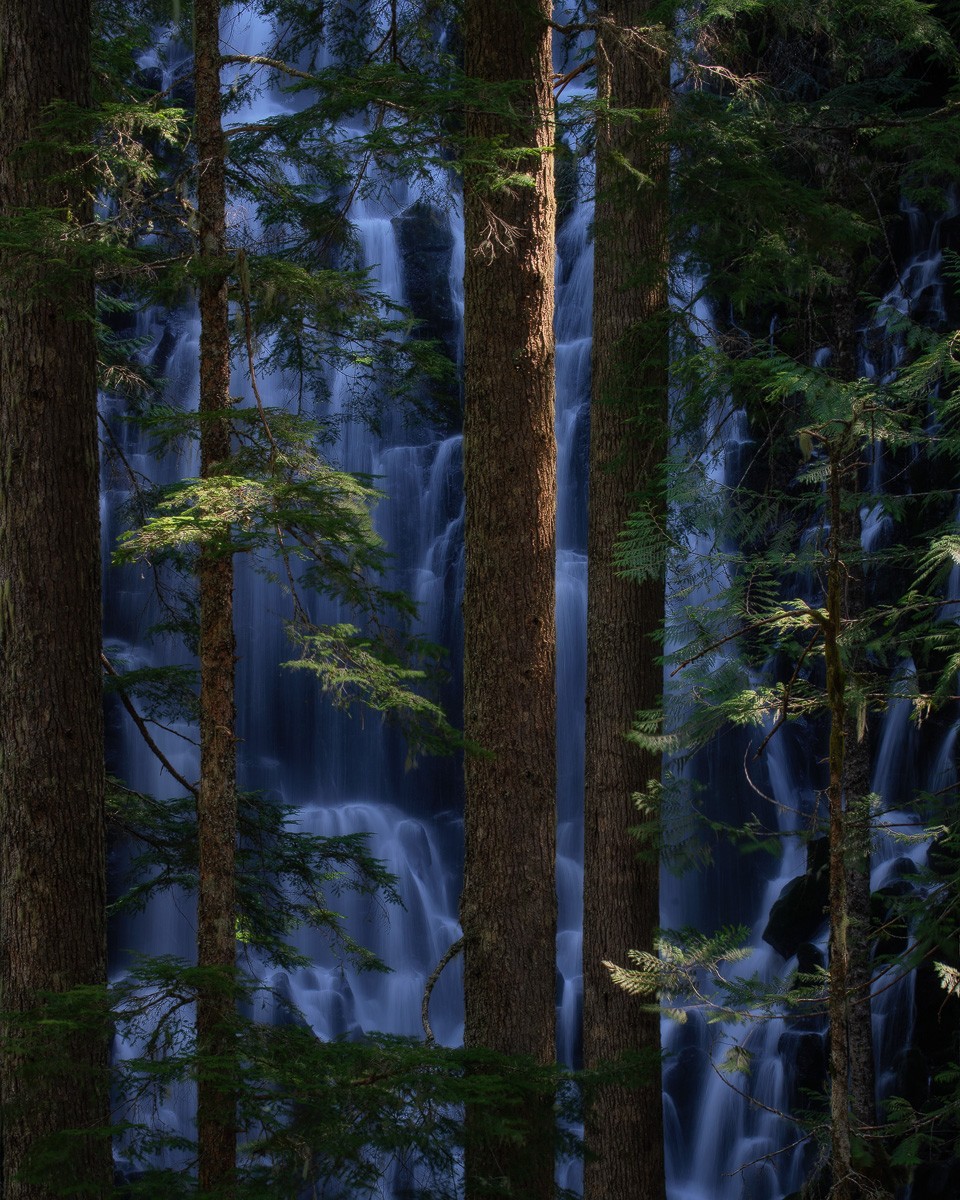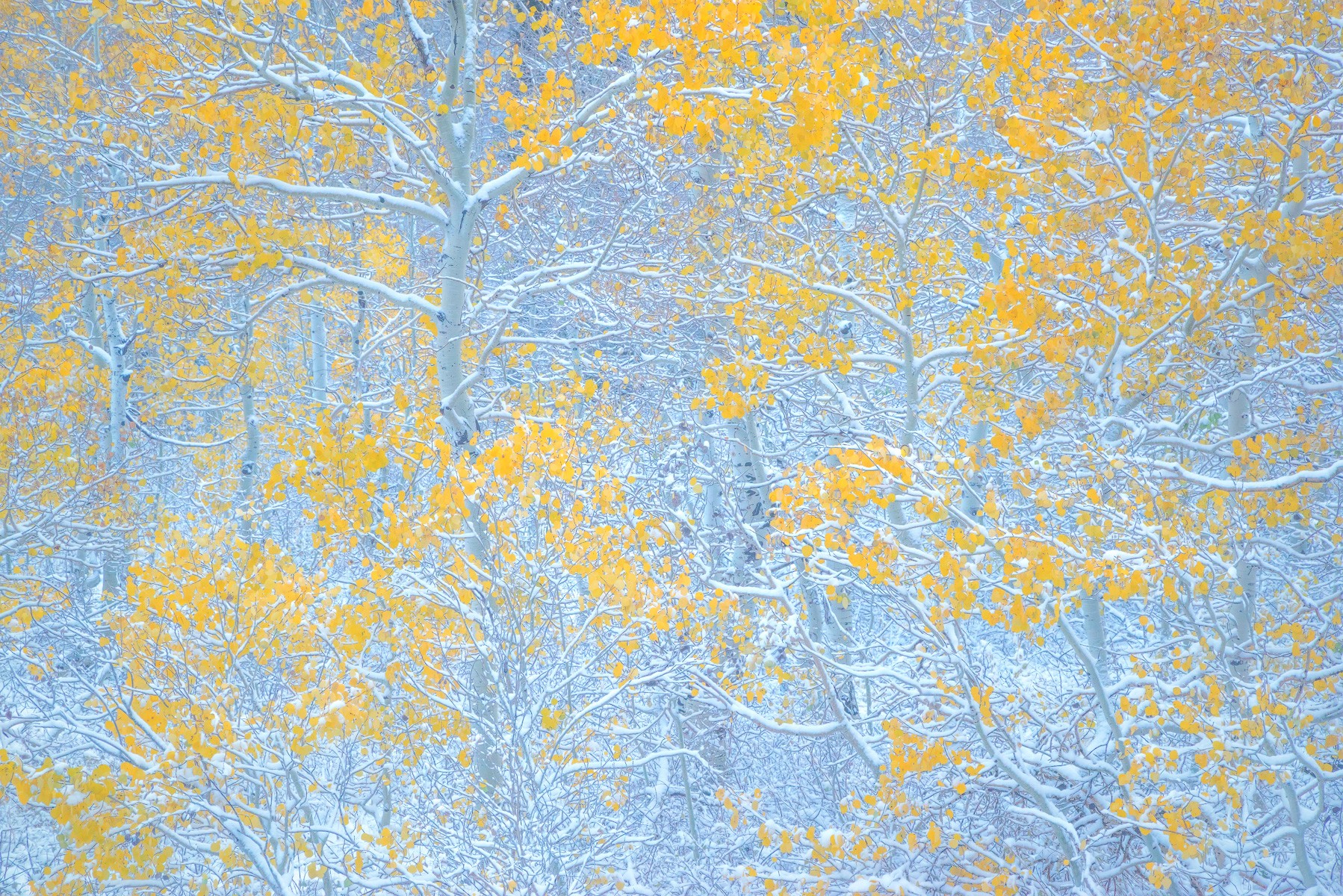Alright – so today we’ve got the honor of introducing you to Eric Bennett. We think you’ll enjoy our conversation, we’ve shared it below.
Eric, thanks for taking the time to share your stories with us today Are you able to earn a full-time living from your creative work? If so, can you walk us through your journey and how you made it happen?
I think as an artist, in every kind of medium, it can be a daunting challenge to pursue making a living solely from your work. We have all heard stories of people pursuing something they love as a career, only to find it became just as monotonous, unfulfilling, and stressful as the day job they left behind. This is usually caused by the pressure of having to make money from your work, and not feeling free to just create whatever you want, regardless of the outcome.
When I decided to leave my boring day job and pursue nature photography as a full-time career, I made a promise to myself to never compromise my own personal artistic vision in order to try and make money. The point of practicing my art full-time without any other kind of job on the side that could distract me or consume any of my energy, was to spend more time doing something I enjoyed. I knew that if I ever began making art with money as my primary goal, it would ruin all of that and defeat the purpose of making my art in the first place. I believed, and believe even more strongly now, that art should be made for art’s sake. The satisfaction I receive from practicing photography is entirely from the process of making a photograph–spending time in nature, closely observing my surroundings, strengthening my relationship with places and subjects–not whatever may come afterwards.
I have always practiced my art with the belief, faith, or hope that if I put all of my energy into making the best work that I possibly can, it will attract an audience all on its own. The more I focus on the images I make, the more they will mean to me and the more likely they will connect with others. I never release images that are not personally meaningful to me, and never create anything with the hopes that it will make me profit in return. I simply create what I want, without concern or worry of how others may receive it, and let everything else happen all on its own.
That being said, I still promote my work and share it online, but not with the primary intention of selling it. My artwork has a message that is deeper than just mere products or pretty prints to hang on your wall; that pristine wilderness is more valuable than anything we can possibly extract from it. I hope that my images of nature can inspire people to appreciate wild places more and have a greater desire to protect them. The more people support me financially, the more I can dedicate myself to creating photographs that express this important message.
As I have practiced my art in this way over the last decade, I have been fortunate enough to find thousands of people that connect with and support my work. I have never been forced to compromise my personal motivations and priorities in order to be able to pay for our home, bills, and feed my family. As a married father of four children, we have plenty of overhead expenses apart from what I need to invest in my photography in order to be able to frequently travel to the places that speak to me and buy any equipment I need. I feel extremely lucky that it has turned out this way, and I have not felt pressured to practice photography in any way that is not personally meaningful to me.
One of my favorite quotes that I refer to often is by the author C.S. Lewis, “Put first things first and second things are thrown in. Put second things first and you lose both first and second things.”
If you are considering practicing photography, painting, music, or any kind of artform full-time, I would strongly encourage you to question your motivations first. If you are hoping primarily to make money, I would suggest you search for another more stable and lucrative career, as you will not have the conviction and determination to make it through the tough times and dry spells. Believing in yourself and your art is necessary in order to get through the trials and tribulations, the bouts of uncertainty, that inevitably come with this kind of career. Have the faith that if you give it your all, and create work that is personally meaningful to you, that it will attract people that deeply connect with it and want to support it. After all, the more personal and unique your work is, the more it will stand out from the rest of the world. The only way people will be able to acquire anything like your artwork is through you. If that isn’t a significant advantage then I don’t know what is.


Eric, before we move on to more of these sorts of questions, can you take some time to bring our readers up to speed on you and what you do?
In 2014 I decided to leave my unfulfilling day job as a commercial videographer and take a year off to contemplate what I really wanted to do with my life. In search of answers, I traveled the world, trying to visit as many countries and new places as I could with the little savings that I had. To document and share my travels with friends and family, I brought a camera along, which soon became my constant companion. Gradually, I fell deeply in love with nature, and my trips began to focus less on cities and popular tourist destinations, and more on wilderness; places away from the beaten path, where I could enjoy the beauty of our planet in solitude and silence.
During that year the wilderness taught me to feel comfortable being alone and how to still my mind. I began to put more thought and effort into my photographs, hoping to convey to those with whom I shared them, a better sense of my experiences. I began to slow down and observe each place I visited more closely; paying attention to the details that caught my eye. Soon I began to notice the many different qualities and types of light that our sun produces. That’s when I stopped trying to take pictures of everything in front of me and started to focus more on particular objects that I was captivated by. Suddenly, my photographs began to be about something. They were telling a story, and showing people a new world they had never seen before. The world as seen through my eyes.
After a few more years of hard work, study, the support of others, and plenty of luck, photography ceased to be just a hobby and became my sole source of income. Now as a full-time landscape photographer, I’ve had the good fortune to travel the world in search of new places and experiences.
During my travels I’ve become acutely aware of the new challenges our planet is facing due to the exponential growth of civilization and industry. As a result, my motivation to travel and explore the world has shifted toward a whole new focus. With mining, logging, fracking, and drilling taking place at unprecedented rates, it’s obvious we are using more resources than our planet can sustain. Sadly, many places that were once wild and beautiful, have been damaged or developed out of existence. As a result, the few places that are left where one can experience nature in its pure, wild, and unaltered state, are becoming more and more precious.
Through photography, my aim is to capture and share images that convey the true value of wild places all over the world. A value not determined by the resources we can extract, but by the singular experiences these places offer us as humans. Where else but in a virgin forest can we hear the soothing song of birds as we inhale clean, fresh air? Where else but in the vast, open nothingness of a desert can we find space, stillness, and silence? Where else can we go to bask in our own insignificance than at the base of enormous mountains that rise up to greet the sky? And what better place to admire pure, glowing light and extraordinary arrays of hues than from within the walls of a secluded canyon?
In their pure and natural states, these places hold a far greater value than anything we will ever invent or build. But once they have been altered, defaced, or destroyed, we can never get them back. Like many great conservationists before us, such as John Muir and Edward Abbey, I strongly believe that being outside in wild nature is not merely a luxury or pleasant experience; it is a necessity of the human spirit. It is crucial that we protect and preserve these sacred places now, and for generations to come.
I feel that people choose to follow and support my work because they connect with the subjects I photograph and the way that I present them. The unique way that I see the world and the deep relationship I have with the subjects I photograph is what sets my work apart. I have tried my best to help others discover and find their own personal voice in order to be able to present the photographs they envision in the best way possible, through my extensive series of tutorial videos which focus both on theory–how to create meaningful and compelling images in the field through composition, color, lighting, and emotion–as well as post-processing techniques in order to further refine those ideas and improve their presentation in a natural looking way. I also teach these things to people online in both group and one-on-one settings.
I have also begun making a fine art book series, which shares my photographs accompanied by my writing in order to fully convey my love for wilderness and why it is so important to protect the last few wild places we still have left. The first book, Conversations With Nature, was released in 2021, and the second book will come out sometime later this year.



Can you share a story from your journey that illustrates your resilience?
When making my first book, Conversations With Nature, the original publisher I had hired overpromised and underdelivered. I signed a contract with them to print my book after they had produced a beautiful sample copy that looked exactly how I wanted. However, once they made the full run of 1000 books, they hardly even resembled the same level of quality as their sample book. As its quality fell far below my standards, I urged them to fix the issues and they finally agreed to reprint all 1000 copies. After the second printing, it looked even worse, and they decided to try printing my book a third time.
Meanwhile, not expecting such a long delay in the production of my book, I had already taken several hundred pre-orders. I had to keep pushing back my release date and explaining to my supporters why the book still wasn’t ready. I decided to be honest and transparent with them, and let them know that it was still not at a level of quality that I was proud of. I wanted to show them that I valued their money, and that it was important to me to deliver something that looked as best as it possibly could.
After the third printing of my book, nearly a year after we first began production, it still did not come close to my personal standards and what I knew was possible. Unfortunately the printer was no longer willing to work with me on it and try printing the book again. They presented me with a dreadful ultimatum: take it or leave it.
Since I was not willing to accept the book they had produced, I was forced to look elsewhere and hire a new publisher/printer. They were not open to any kind of negotiation and ended up filing a lawsuit against me in order to pay them the rest of the printing cost as well as several thousand dollars extra in storage fees, shipping fees, and legal fees. It was an absolute nightmare. I was forced to hire a lawyer in order to try and recover the payments I had made and avoid having to pay even more.
Luckily, I was able to find a publisher that had just as high of standards as my own, and was certain they could not only meet them, but exceed them as well. After several months of working with them, they were able to produce a book that indeed surpassed all of my expectations. I finally began shipping my book to customers and my resilience and determination paid off; everyone loved it and was blown away by the quality.
Everyone that received my book began to share it on social media and many other photographers went out of their way to write kind reviews about it without even asking them to. I am proud to say that my book sold out in under 2 years of releasing it.
The lawsuit with the previous publisher dragged on and I had thousands of dollars tied up for years. Finally, they were willing to negotiate a deal to avoid going to court. We both agreed to walk away and cut our losses. After so many months of effort and stress, it wasn’t worth the time, energy, or money to keep fighting for what they had taken from me. I swallowed my pride in order to be able to move on and focus on new projects. Perhaps my second book will be a much better experience so that I can enjoy my success a little more. But I will never regret making that decision and sticking to my own standards of quality, both out of loyalty to my self as well as to those that are kind enough to support my work. As an artist, integrity is everything.



How did you build your audience on social media?
I never really imagined I would ever have the kind of following I have now. However, it was not something that came overnight or the result of any kind of clever business strategy or marketing technique that I came up with. I don’t have any ‘quick tips’ or ‘secrets.’ Over the last 10 years, I have simply shared work that I am proud of and that I feel is meaningful.
I have always believed that word of mouth is the best kind of organic marketing. If you make things that are worth talking about, people will be inclined to share them with others, without you asking them to. Learning about something from someone you trust is always more effective than being approached by a stranger, no matter how charming or charismatic they may be. I feel that people talk about my work and share it with their friends and colleagues out of a genuine connection they have with it. Because they feel there is something special about it.
This all starts with creating work based on things that excite you, inspire you, and move you. If you don’t care about the things you are making, there is no reason to expect anyone else to. I also believe that a small, dedicated audience of a few thousand people is much more valuable than a large, broad audience of millions that don’t truly connect with your work or care about your wellbeing. It may result in more likes and comments on social media, but it is much less likely that they will talk about your products or want to support your work financially. Building a real following of dedicated fans takes more time, work, and energy. But the most stable things in life are those that grow slowly. What rises fast doesn’t last. Be patient, stay true to your mission, and keep plugging away.
Contact Info:
- Website: https://www.bennettfilm.com/
- Instagram: https://www.instagram.com/bennettfilm/
- Facebook: https://www.facebook.com/BennettFilmPhotography
Image Credits
Headshot by Alex Whipp. All other photos by myself, Eric Bennett.


